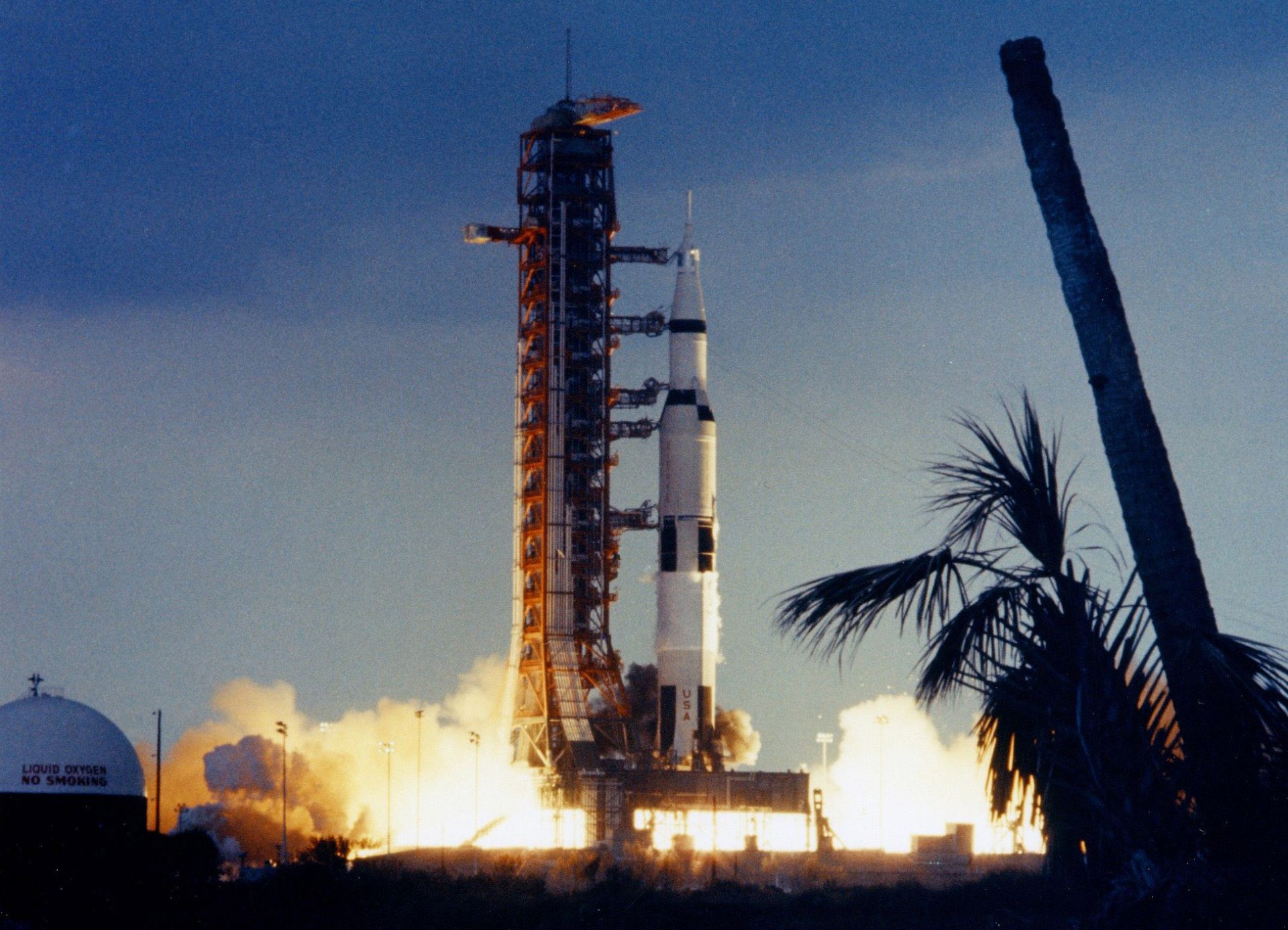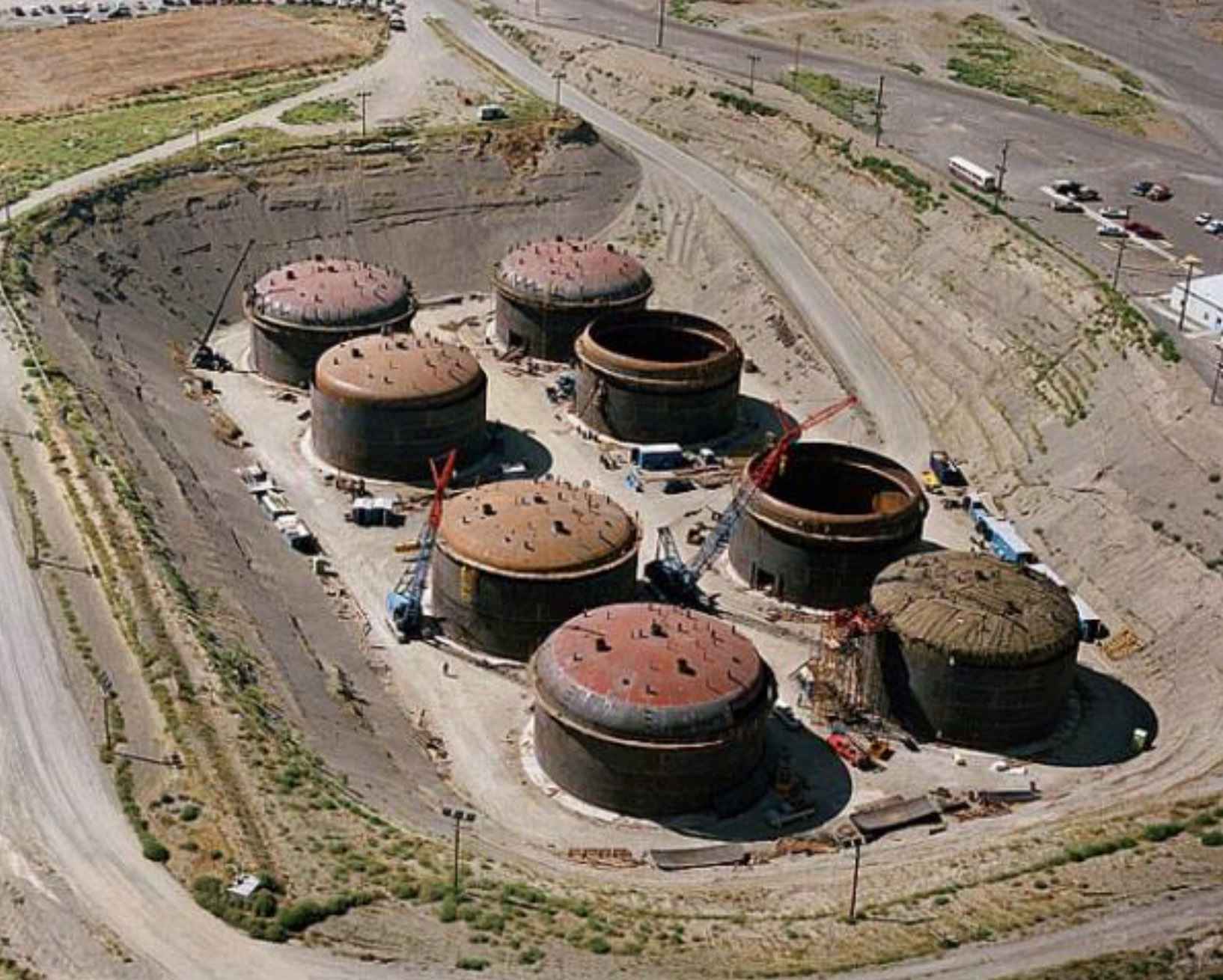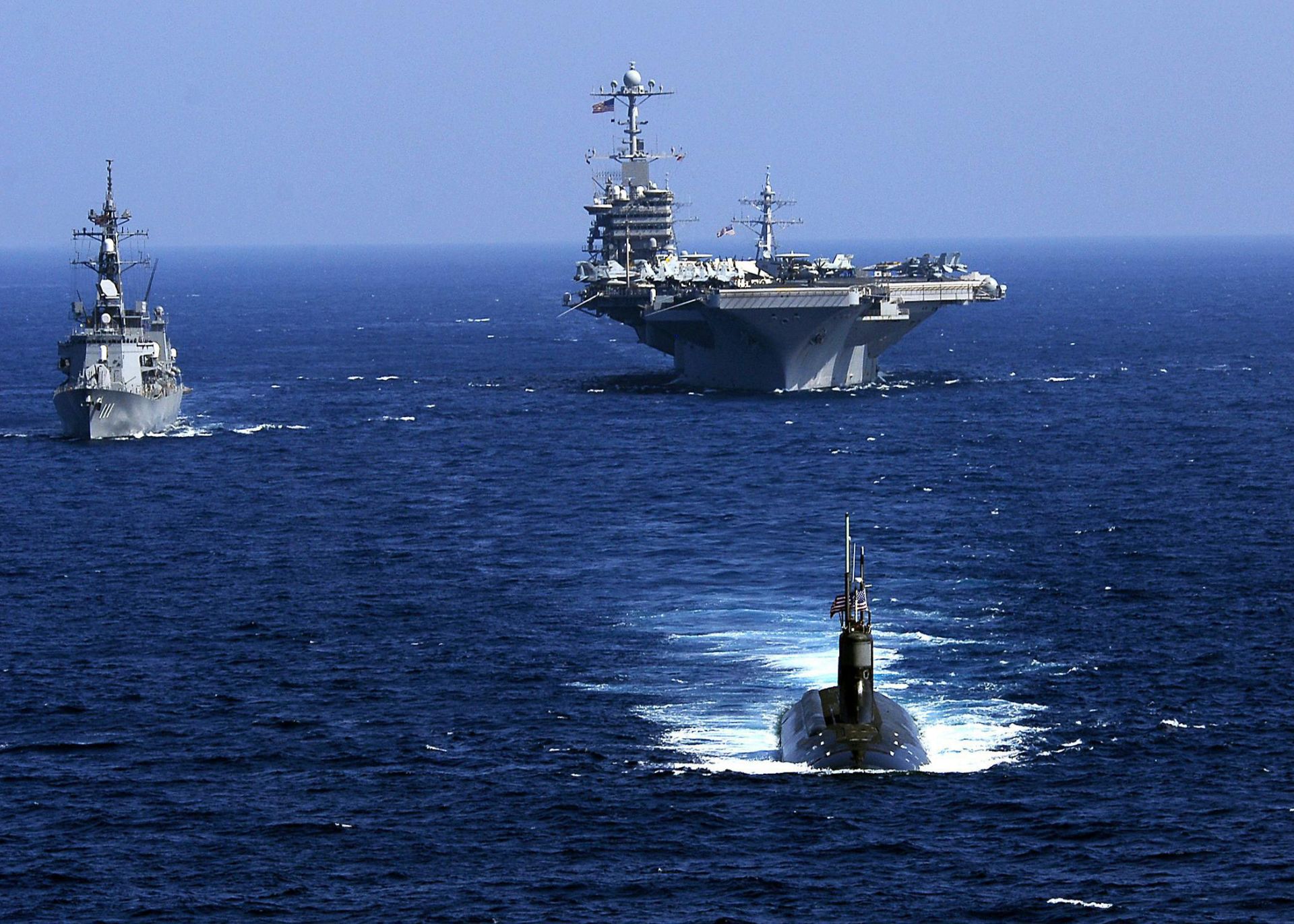A Holiday Light

’Twas the night before Christmas, when all through the house
No electrons were flowing through even my mouse.
All devices were plugged by the chimney with care,
With the hope that St. Nikola Tesla would share.

A message from Goodway Technologies
Optimizing Maintenance Strategies in Power Generation: Embracing Predictive and Preventive Approaches

’Twas the night before Christmas, when all through the house
No electrons were flowing through even my mouse.
All devices were plugged by the chimney with care,
With the hope that St. Nikola Tesla would share.

Taking waste into outer space would require quite large vehicles, like the Saturn 5 rocket shown here carrying the Apollo 14 crew to the moon. A huge fireball forms underneath the rocket . . . hmm, would that be wise? (Source: NASA)
Nuclear waste disposal presents a frustrating problem far beyond its actual danger. No one has ever been harmed by commercial nuclear waste, and no one is likely to ever be harmed.
But we do have to find a final resting place for nuclear waste as it decays away back to the levels of the ore from which it came.
There are several types of nuclear waste: low-level waste (LLW), intermediate-level waste (ILW), transuranic waste (TRU; referring only to bomb waste without a lot of cesium-137 or strontium-90), high-level waste (HLW; also only bomb waste), and spent nuclear fuel (SNF; from commercial power plants only). In the United States, TRU waste, HLW, and SNF require deep geologic disposal by law.

The Hanford tanks, on which building began in 1943, were never supposed to hold waste for many decades. If grouting and disposal had occurred according to plans from the 1980s, this waste would already be in the ground and we would have saved almost $100 billion. (Photo: DOE)
At the end of June, a federal judge approved, with the agreement of the Washington State Department of Ecology, a request to push back the deadline 20 months for beginning nuclear waste treatment at the $17 billion Waste Treatment and Immobilization (Vit) Plant at the Hanford Site because of pandemic-related delays. The Direct-Feed Low-Activity Waste program is the Department of Energy’s plan to start treating low-level radioactive waste first at the Vit Plant and then start treating high-level radioactive waste sometime in the 2030s.
This is the fifth delay granted by the court for the project, which should have begun operations in 2007. In one sense, this delay is good, since turning LLW into glass through vitrification is about as smart as singing into the wind. The chemistry of this waste makes it much better suited to grouting, a treatment used by everyone else in the United States and the world.

Just this last April, President Biden officially commissioned the USS Delaware, a new Virginia-class nuclear attack submarine, the 18th built in that class and the eighth and final Block III Virginia-class submarine. (The Delaware was administratively commissioned in April 2020, but the COVID-19 pandemic caused delay of the ceremony for two years.)